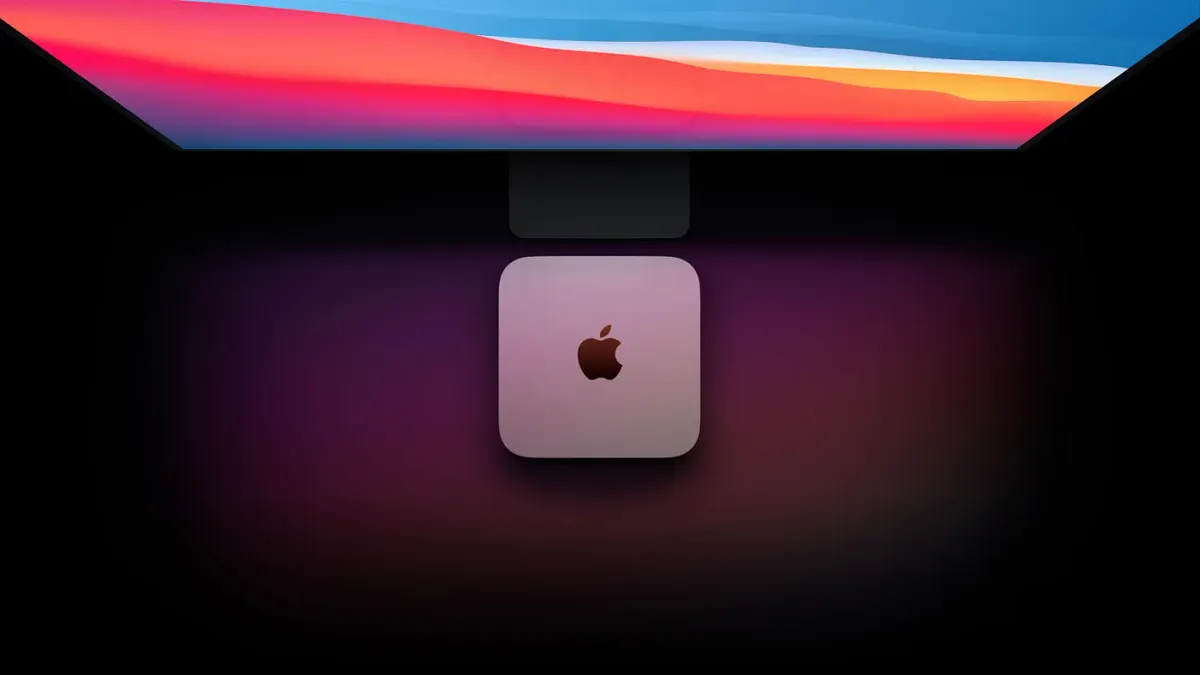Apple Silicon has set a new standard in computing with its remarkable speed and efficiency. Here’s an in-depth look at the key factors that contribute to its exceptional performance:
Unified Memory Architecture (UMA)
Apple Silicon employs a Unified Memory Architecture, allowing the CPU, GPU, and other components to share the same memory pool. This results in faster data access and improved performance as components don’t need to wait for data transfers between separate memory pools.
Advanced Chip Design
Apple's custom ARM-based chips are specifically designed for their devices. This leads to highly optimized performance with dedicated hardware for tasks like machine learning and image processing. The M1, M1 Pro, M1 Max, and M2 chips feature multiple high-performance and high-efficiency cores, balancing speed and power consumption.
Industry-Leading Process Technology
Apple Silicon chips are manufactured using advanced process technology, such as the 5nm process. This allows more transistors to be packed into a smaller space, leading to better performance and energy efficiency.
Integrated Graphics
The integrated graphics in Apple Silicon are powerful enough to handle demanding tasks without the need for a separate GPU. This reduces latency and increases efficiency, as the CPU and GPU work more seamlessly together.
Software and Hardware Optimization
Apple controls both the hardware and software, allowing for deep optimization across the board. macOS is designed to take full advantage of Apple Silicon's capabilities, resulting in smooth and efficient performance.
Specialized Neural Engine
Apple Silicon includes a specialized Neural Engine for handling machine learning tasks. This dedicated hardware accelerates operations related to AI and ML, making the chips exceptionally fast at tasks like image recognition and natural language processing.
Power Efficiency
One of the standout features of Apple Silicon is its power efficiency. The chips deliver high performance while consuming less power, leading to longer battery life in devices like MacBooks.
Performance Benchmarks
Apple Silicon’s performance benchmarks have been impressive across various models:
- M1 Chip: The M1 MacBook Air outperforms many high-end Intel-powered laptops. Geekbench 5 scores show single-core performance around 1700 and multi-core performance around 7500.
- M1 Pro and M1 Max: These chips, found in the MacBook Pro, further enhance performance. The M1 Max achieves multi-core scores over 12000, making it one of the most powerful laptop processors.
- M2 Chip: Expected to build on the M1’s success, early benchmarks indicate around a 20% improvement in CPU performance and a 35% boost in GPU performance.
Conclusion
Apple Silicon’s speed and efficiency stem from a combination of innovative design and cutting-edge technology. The Unified Memory Architecture, advanced manufacturing process, and deep software-hardware integration all contribute to its outstanding performance. With impressive benchmarks and power efficiency, Apple Silicon sets a new benchmark for computing excellence.


